-
 Bitcoin
Bitcoin $104,438.3013
3.15% -
 Ethereum
Ethereum $2,495.2733
1.25% -
 Tether USDt
Tether USDt $1.0006
0.04% -
 XRP
XRP $2.1809
3.41% -
 BNB
BNB $646.2511
1.44% -
 Solana
Solana $149.6172
3.32% -
 USDC
USDC $0.9998
-0.01% -
 Dogecoin
Dogecoin $0.1797
4.47% -
 TRON
TRON $0.2768
2.12% -
 Cardano
Cardano $0.6637
4.30% -
 Hyperliquid
Hyperliquid $33.8771
2.05% -
 Sui
Sui $3.1954
8.02% -
 Chainlink
Chainlink $13.5414
4.06% -
 UNUS SED LEO
UNUS SED LEO $8.9393
2.65% -
 Stellar
Stellar $0.2642
2.46% -
 Avalanche
Avalanche $19.5172
2.28% -
 Bitcoin Cash
Bitcoin Cash $396.9612
2.31% -
 Toncoin
Toncoin $3.1449
2.72% -
 Shiba Inu
Shiba Inu $0.0...01249
2.76% -
 Hedera
Hedera $0.1653
3.23% -
 Litecoin
Litecoin $87.3230
2.79% -
 Polkadot
Polkadot $3.9053
1.13% -
 Monero
Monero $325.7668
3.54% -
 Ethena USDe
Ethena USDe $1.0013
0.05% -
 Dai
Dai $0.9998
0.00% -
 Bitget Token
Bitget Token $4.5830
0.93% -
 Pepe
Pepe $0.0...01110
4.53% -
 Pi
Pi $0.6207
2.37% -
 Aave
Aave $251.2358
2.44% -
 Uniswap
Uniswap $6.0406
0.54%
What does it mean when the EMV indicator crosses the zero axis? How to capture the bottom confirmation signal?
The EMV indicator's zero axis crossing signals potential market sentiment shifts, helping traders identify entry or exit points in the cryptocurrency market.
Jun 04, 2025 at 11:07 am
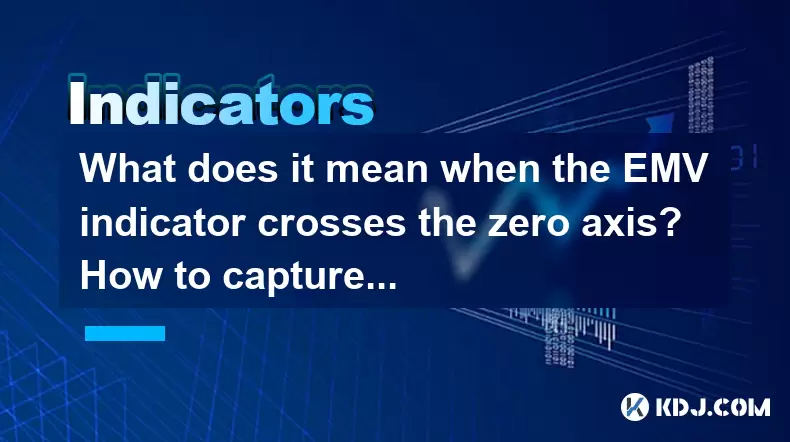
The EMV (Ease of Movement) indicator is a technical analysis tool used in the cryptocurrency market to assess the relationship between price changes and volume. When the EMV indicator crosses the zero axis, it signifies a potential shift in market sentiment, from bullish to bearish or vice versa. This event is crucial for traders as it can help identify potential entry or exit points in the market. In this article, we will explore what it means when the EMV indicator crosses the zero axis and how to capture the bottom confirmation signal effectively.
Understanding the EMV Indicator
The EMV indicator is calculated based on the price movement relative to volume. It aims to measure how easily prices can move, either up or down, given the volume of trades. The formula for EMV is:
[ \text{EMV} = \frac{\text{(High + Low)/2} - \text{(Prior High + Prior Low)/2}}{(High - Low)/Volume} ]
When the EMV value is positive, it indicates that prices are moving upwards with relative ease. Conversely, a negative EMV value suggests that prices are moving downwards with relative ease.
Significance of the Zero Axis Crossing
The zero axis crossing of the EMV indicator is a key event for traders. When the EMV line crosses from above the zero line to below it, it suggests a shift from bullish to bearish momentum. Similarly, when the EMV line moves from below the zero line to above it, it indicates a shift from bearish to bullish momentum.
This crossing is often interpreted as a signal that the current trend may be weakening or reversing. For instance, if the EMV crosses from positive to negative, it might indicate that the bullish trend is losing steam, and a bearish trend could be starting. Traders use this signal to adjust their positions, either by exiting long positions or entering short positions.
Capturing the Bottom Confirmation Signal
Capturing a bottom confirmation signal using the EMV indicator involves a few key steps. Here’s how you can do it effectively:
Monitor the EMV Indicator: Keep a close eye on the EMV line on your trading chart. Use a reliable trading platform that allows you to add the EMV indicator to your charts.
Identify the Zero Axis Crossing: Watch for the EMV line to cross from below the zero axis to above it. This indicates a potential shift from bearish to bullish sentiment.
Look for Divergence: Check for divergence between the price action and the EMV indicator. If the price is making lower lows while the EMV is making higher lows, it could be a strong indication of a bottom forming.
Confirm with Other Indicators: Use additional technical indicators such as the Relative Strength Index (RSI) or Moving Average Convergence Divergence (MACD) to confirm the bottom signal. For example, if the RSI is also moving from oversold to neutral territory, it strengthens the case for a bottom.
Wait for Price Confirmation: Before entering a trade, wait for the price to confirm the bottom. This can be done by waiting for the price to break above a recent swing low or for a bullish candlestick pattern to form.
Practical Example of Capturing a Bottom
Let’s walk through a practical example of how to capture a bottom confirmation signal using the EMV indicator on a cryptocurrency chart:
Step 1: Open your trading platform and add the EMV indicator to your chart. Ensure you are looking at a timeframe that suits your trading strategy, such as a daily chart for swing trading.
Step 2: Observe the EMV line and wait for it to cross from below the zero axis to above it. Mark this point on your chart.
Step 3: Check for divergence. If the price has been making lower lows but the EMV is making higher lows, this is a strong sign of a potential bottom.
Step 4: Confirm the signal with other indicators. For instance, if the RSI is moving from below 30 to above 30, it suggests the cryptocurrency is moving out of oversold territory.
Step 5: Wait for price confirmation. Look for the price to break above a recent swing low or for a bullish reversal pattern such as a hammer or engulfing candle.
Step 6: Once all conditions are met, consider entering a long position. Set your stop-loss just below the recent swing low to manage risk.
Common Pitfalls and How to Avoid Them
While the EMV indicator can be a powerful tool, there are common pitfalls that traders should be aware of:
False Signals: The EMV indicator can sometimes produce false signals, especially in choppy or sideways markets. To mitigate this, always use additional confirmation tools and avoid trading based solely on the EMV.
Over-Reliance: Relying too heavily on a single indicator can lead to poor trading decisions. Always combine the EMV with other indicators and price action analysis for a more robust trading strategy.
Ignoring Market Context: The EMV indicator should be used within the context of the broader market. For example, if the overall market is in a strong downtrend, a single bullish signal from the EMV might not be enough to warrant a trade.
Integrating EMV into Your Trading Strategy
To effectively integrate the EMV indicator into your trading strategy, consider the following tips:
Combine with Trend Analysis: Use the EMV in conjunction with trend lines and moving averages to better understand the market direction. If the EMV signals a bullish shift while the price is above a key moving average, it can strengthen the case for a long trade.
Backtest Your Strategy: Before applying the EMV indicator in live trading, backtest your strategy on historical data. This will help you understand how the EMV performs under different market conditions and refine your approach.
Adjust Timeframes: Different timeframes can provide different insights. For example, using the EMV on a shorter timeframe like a 1-hour chart can help you capture more immediate signals, while a longer timeframe like a daily chart can provide more reliable signals for swing trading.
Frequently Asked Questions
Q1: Can the EMV indicator be used for all cryptocurrencies?
A1: Yes, the EMV indicator can be applied to any cryptocurrency that has sufficient trading volume and price data. However, the effectiveness of the EMV may vary depending on the liquidity and volatility of the specific cryptocurrency.
Q2: How often should I check the EMV indicator for signals?
A2: The frequency of checking the EMV indicator depends on your trading style. For day traders, checking the EMV on shorter timeframes like 1-hour or 4-hour charts might be necessary. For swing traders, daily or weekly charts might be more appropriate.
Q3: What other indicators work well with the EMV?
A3: The EMV indicator pairs well with momentum indicators like the RSI and MACD, as well as trend-following indicators like moving averages. Using these in combination can provide a more comprehensive view of market conditions.
Q4: Is the EMV indicator suitable for beginners?
A4: While the EMV indicator can be used by beginners, it's important for new traders to fully understand how it works and to practice using it in a demo account before applying it in live trading. Combining it with other basic indicators and price action analysis can help beginners build confidence.
Disclaimer:info@kdj.com
The information provided is not trading advice. kdj.com does not assume any responsibility for any investments made based on the information provided in this article. Cryptocurrencies are highly volatile and it is highly recommended that you invest with caution after thorough research!
If you believe that the content used on this website infringes your copyright, please contact us immediately (info@kdj.com) and we will delete it promptly.
- Remittix (RTX) is one of the biggest gainers in the crypto market
- 2025-06-07 04:10:12
- BTFD Coin – Staking Rewards That Make You Go “Wow”
- 2025-06-07 04:10:12
- Ethereum (ETH) Price Gap with Bitcoin Could Pave the Way for a Long-Awaited Rebound
- 2025-06-07 04:05:13
- Bitget Lists $RDAC (Redacted Coin), a Highly Anticipated Asset in the Web3 Community
- 2025-06-07 04:05:13
- The meme coin game in 2025 is not for the faint of heart. It’s for the bold. The brave. The bag-holders-turned-millionaires.
- 2025-06-07 04:00:26
- USD1 stablecoin, backed by Donald Trump's World Liberty Financial (WLFI)
- 2025-06-07 04:00:26
Related knowledge
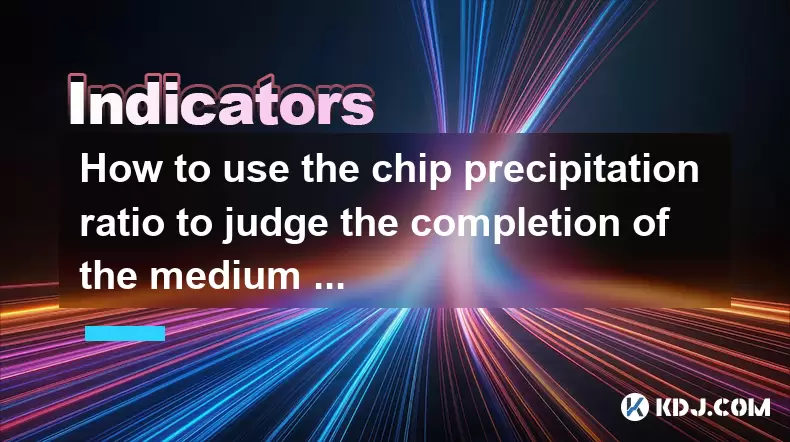
How to use the chip precipitation ratio to judge the completion of the medium and long-term bottom construction?
Jun 04,2025 at 03:36am
The chip precipitation ratio is a crucial metric used by investors to assess the accumulation of chips (or shares) at different price levels over time. This ratio helps in understanding the distribution of chips and can be a powerful tool for determining the completion of medium and long-term bottom construction in the cryptocurrency market. By analyzin...
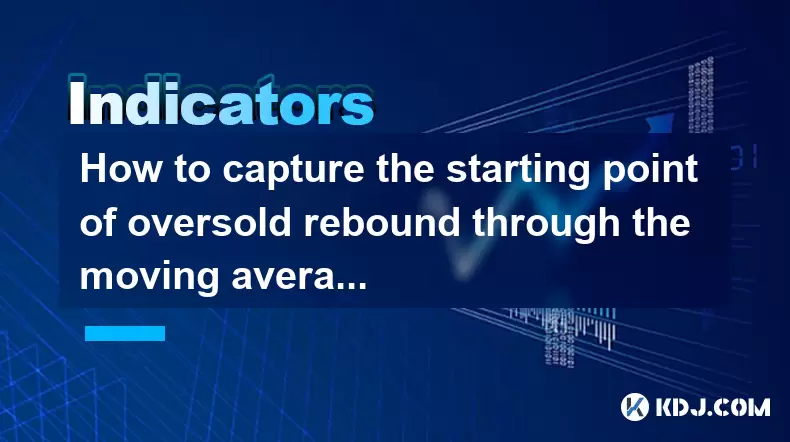
How to capture the starting point of oversold rebound through the moving average gravity reversal strategy?
Jun 04,2025 at 01:01pm
The moving average gravity reversal strategy is a sophisticated approach used by traders to identify potential entry points for buying cryptocurrencies when they are considered oversold. This strategy leverages the concept of moving averages to pinpoint moments when a cryptocurrency might be poised for a rebound. In this article, we will delve into the ...
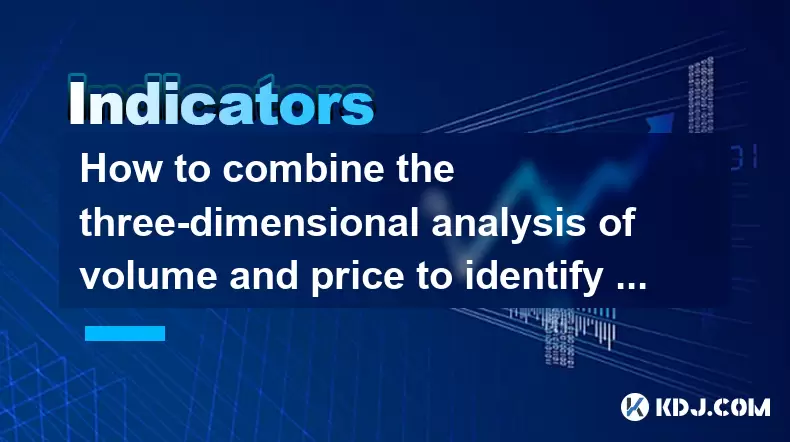
How to combine the three-dimensional analysis of volume and price to identify the golden buying point of breakthrough and retracement?
Jun 03,2025 at 11:42pm
In the dynamic world of cryptocurrencies, identifying the optimal buying points is crucial for maximizing profits and minimizing risks. One effective method to achieve this is by combining three-dimensional analysis of volume and price to pinpoint the golden buying points during breakouts and retracements. This article will delve into how to use this ap...
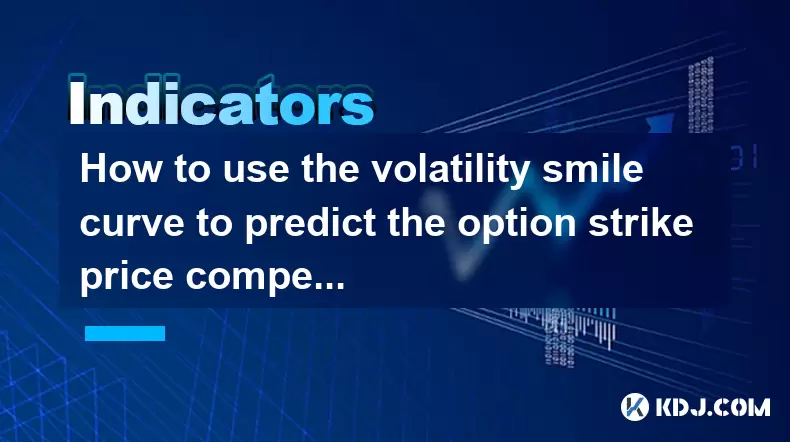
How to use the volatility smile curve to predict the option strike price competition area?
Jun 06,2025 at 01:01pm
The volatility smile curve is a graphical representation that shows the implied volatility of options across different strike prices for a given expiration date. It is called a 'smile' because the curve often takes the shape of a smile, with higher implied volatilities for options that are deep in-the-money or deep out-of-the-money, and lower implied vo...
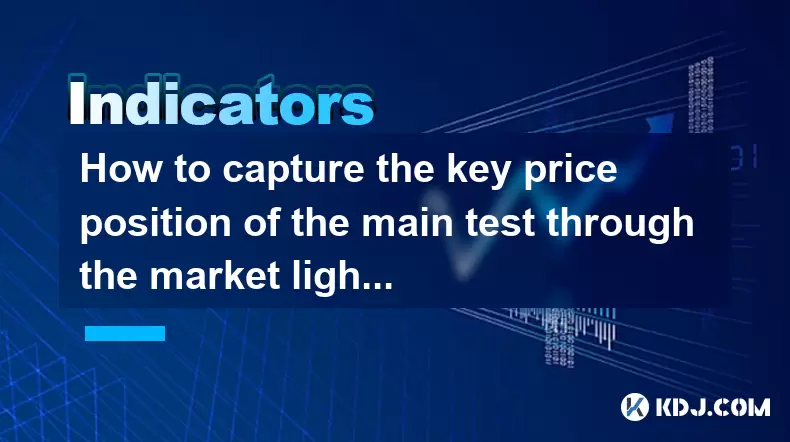
How to capture the key price position of the main test through the market lightning chart?
Jun 02,2025 at 06:07pm
Introduction to Market Lightning ChartThe market lightning chart is a powerful tool used by cryptocurrency traders to visualize price movements and identify key price positions. This chart type provides a detailed view of market activity, allowing traders to spot trends, reversals, and other significant price levels quickly. By understanding how to use ...
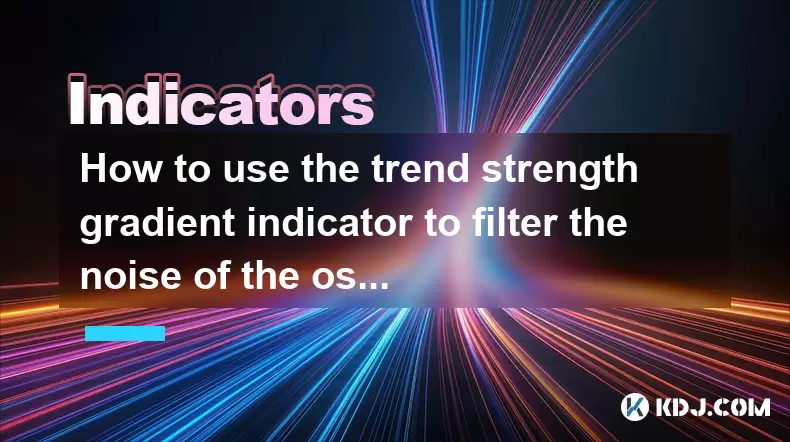
How to use the trend strength gradient indicator to filter the noise of the oscillating market?
Jun 06,2025 at 06:15pm
The trend strength gradient indicator is a powerful tool used by cryptocurrency traders to analyze market trends and filter out the noise that often accompanies oscillating markets. This indicator helps traders identify the strength of a trend, enabling them to make more informed decisions. In this article, we will explore how to effectively use the tre...

How to use the chip precipitation ratio to judge the completion of the medium and long-term bottom construction?
Jun 04,2025 at 03:36am
The chip precipitation ratio is a crucial metric used by investors to assess the accumulation of chips (or shares) at different price levels over time. This ratio helps in understanding the distribution of chips and can be a powerful tool for determining the completion of medium and long-term bottom construction in the cryptocurrency market. By analyzin...

How to capture the starting point of oversold rebound through the moving average gravity reversal strategy?
Jun 04,2025 at 01:01pm
The moving average gravity reversal strategy is a sophisticated approach used by traders to identify potential entry points for buying cryptocurrencies when they are considered oversold. This strategy leverages the concept of moving averages to pinpoint moments when a cryptocurrency might be poised for a rebound. In this article, we will delve into the ...

How to combine the three-dimensional analysis of volume and price to identify the golden buying point of breakthrough and retracement?
Jun 03,2025 at 11:42pm
In the dynamic world of cryptocurrencies, identifying the optimal buying points is crucial for maximizing profits and minimizing risks. One effective method to achieve this is by combining three-dimensional analysis of volume and price to pinpoint the golden buying points during breakouts and retracements. This article will delve into how to use this ap...

How to use the volatility smile curve to predict the option strike price competition area?
Jun 06,2025 at 01:01pm
The volatility smile curve is a graphical representation that shows the implied volatility of options across different strike prices for a given expiration date. It is called a 'smile' because the curve often takes the shape of a smile, with higher implied volatilities for options that are deep in-the-money or deep out-of-the-money, and lower implied vo...

How to capture the key price position of the main test through the market lightning chart?
Jun 02,2025 at 06:07pm
Introduction to Market Lightning ChartThe market lightning chart is a powerful tool used by cryptocurrency traders to visualize price movements and identify key price positions. This chart type provides a detailed view of market activity, allowing traders to spot trends, reversals, and other significant price levels quickly. By understanding how to use ...

How to use the trend strength gradient indicator to filter the noise of the oscillating market?
Jun 06,2025 at 06:15pm
The trend strength gradient indicator is a powerful tool used by cryptocurrency traders to analyze market trends and filter out the noise that often accompanies oscillating markets. This indicator helps traders identify the strength of a trend, enabling them to make more informed decisions. In this article, we will explore how to effectively use the tre...
See all articles

























































































